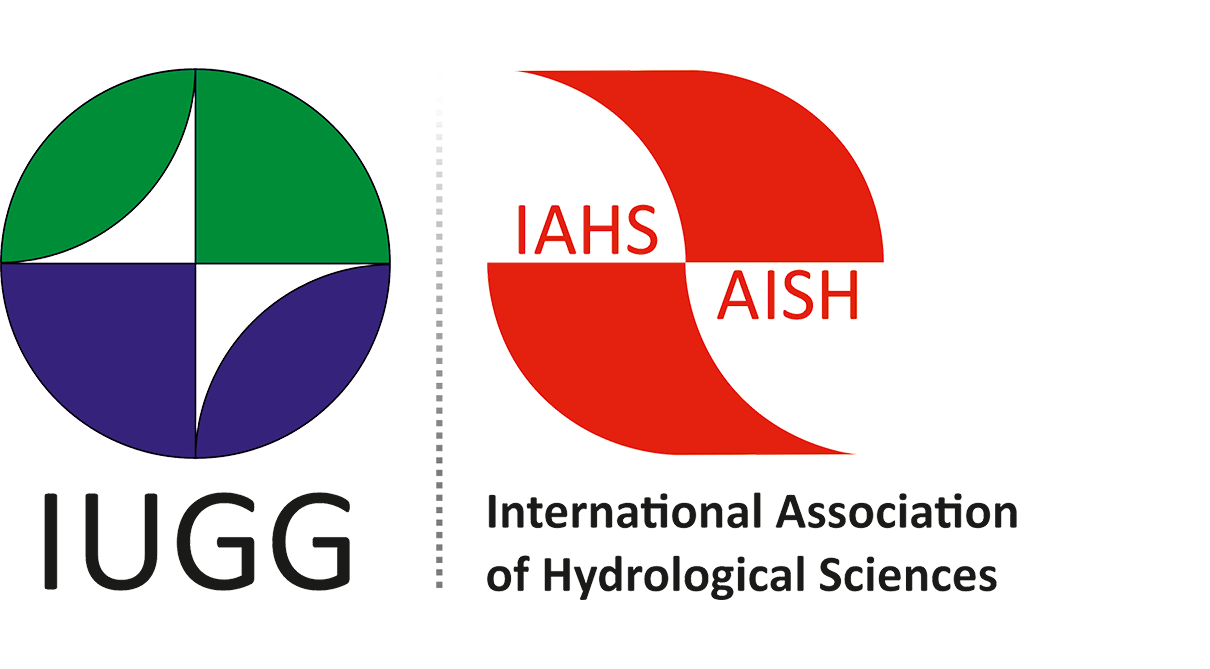IAHS News
UPH update – Community Perspective paper published online
IAHS are pleased to announced the first publication in the Hydrological Sciences Journal from the Unsolved Problems in Hydrology (UPH) initiative launched by IAHS President Günter Blöschl at the 2017 IAHS Scientific Assembly in Port Elizabeth, South Africa. The authors' accepted version of ‘Twenty-Three Unsolved Problems in Hydrology (UPH) – a Community Perspective’ is now available open access at https://www.tandfonline.com/doi/full/10.1080/02626667.2019.1620507
The initiative was launched with a video outlining the new IAHS initiative is available on the IAHS YouTube channel. Discussion is encouraged via the LinkedIn Group IAHS – International Association of Hydrological Sciences and information displayed on the IAHS website https://iahs.info/IAHS-UPH.do.
This paper is the outcome of a community initiative to identify major unsolved scientific problems in hydrology motivated by a need for stronger harmonisation of research efforts. The procedure involved a public consultation through on-line media, followed by two workshops through which a large number of potential science questions were collated, prioritised, and synthesised. In spite of the diversity of the participants (230 scientists in total), the process revealed much about community priorities and the state of our science: a preference for continuity in research questions rather than radical departures or redirections from past and current work.
This publication is the beginning of a process ran by our learned societies (IAHS and partners). The next meeting will be held during the IUGG General Assembly in Montreal (July 10th 2019) and we look forward to further publications.
Questions remain focussed on process-based understanding of hydrological variability and causality at all space and time scales. Increased attention to environmental change drives a new emphasis on understanding how change propagates across interfaces within the hydrological system and across disciplinary boundaries. In particular, the expansion of the human footprint raises a new set of questions related to human interactions with nature and water cycle feedbacks in the context of complex water management problems. We hope that this reflection and synthesis of the 23 unsolved problems in hydrology will help guide research efforts for some years to come.
